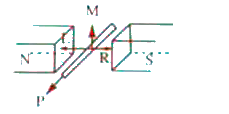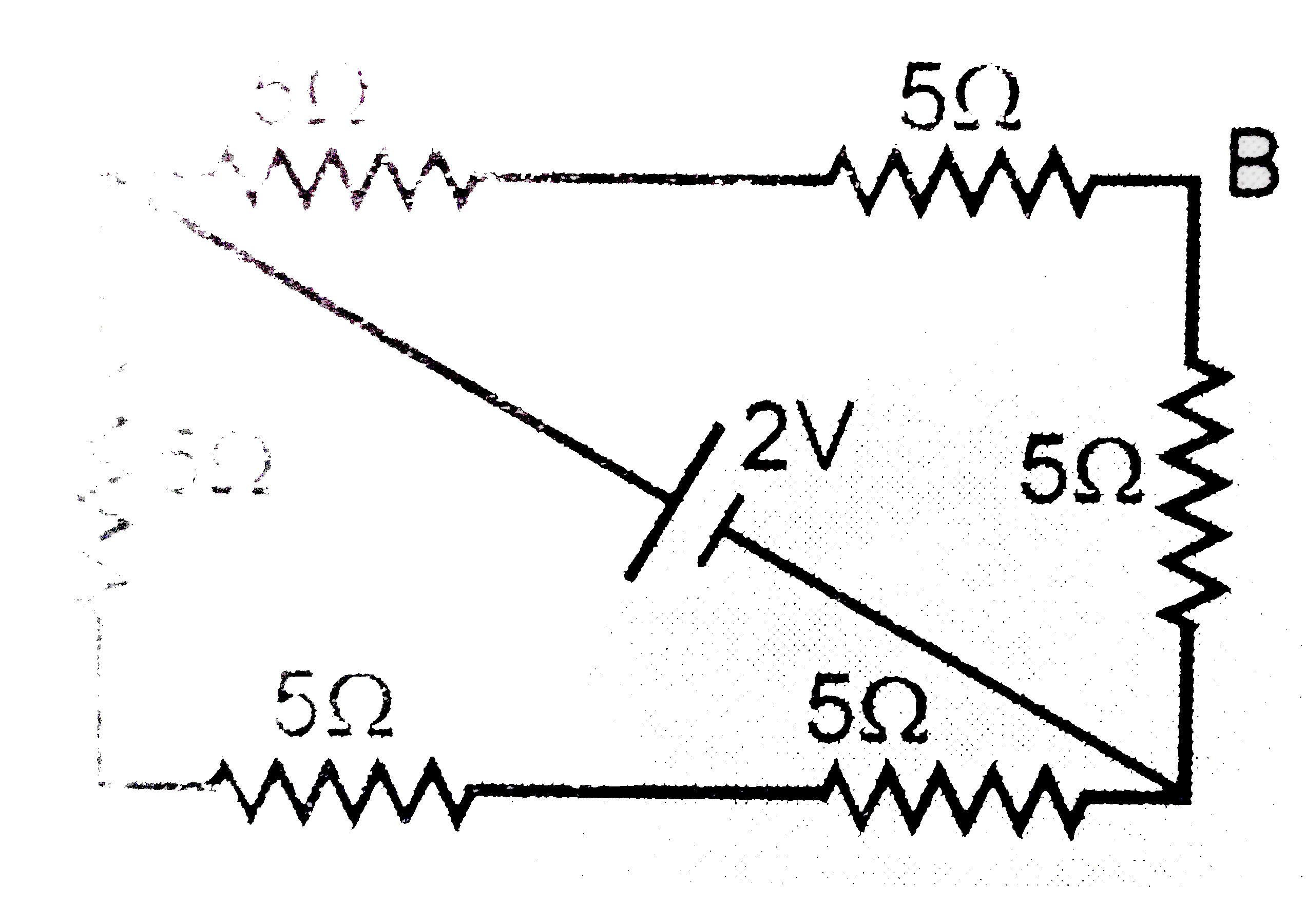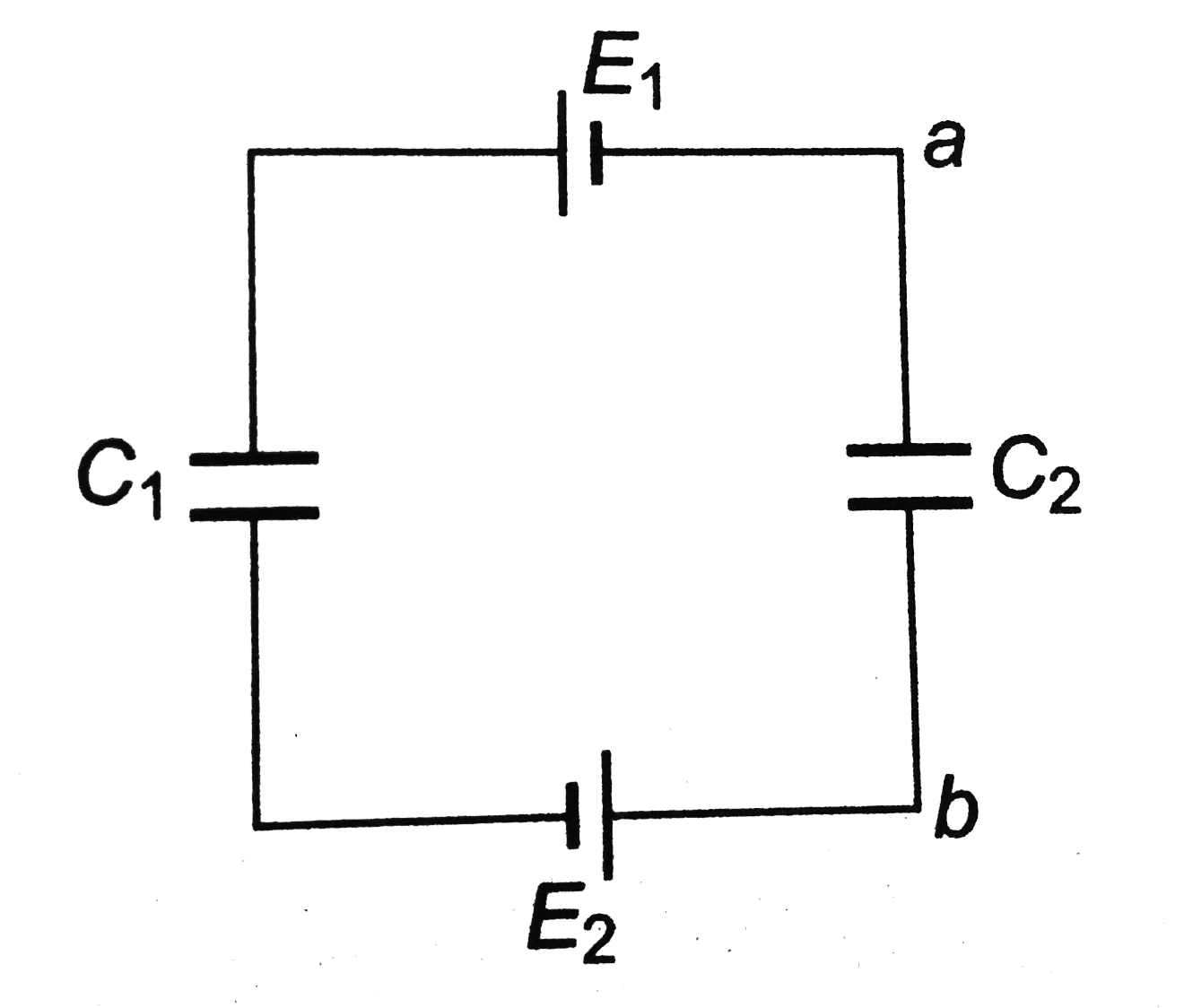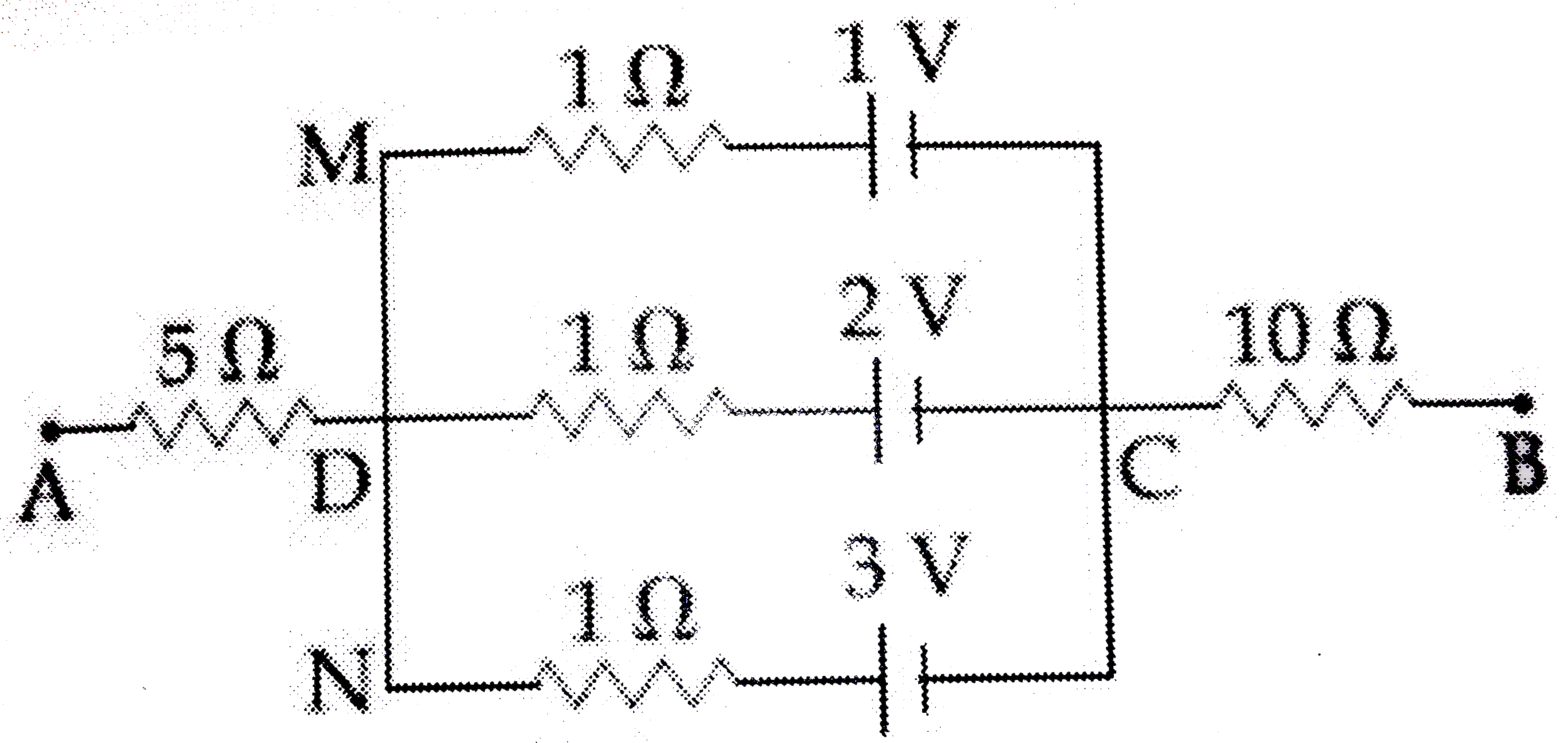An electric potential difference will be induced between the ends of the conductor shown in the diagram when it moves in the direction

P
Q
L
M
The correct Answer is:D
B, v and L should be mutually perpendicular.
Topper's Solved these Questions
- BOOK - DC PANDEY ENGLISHCHAPTER - ELECTROMAGNETIC INDUCTIONEXERCISE - Medical entrance special format questions17videos
ELECTROMAGNETIC INDUCTION
- BOOK - DC PANDEY ENGLISHCHAPTER - ELECTROMAGNETIC INDUCTIONEXERCISE - Match the columns5videos
ELECTROMAGNETIC INDUCTION
- BOOK - DC PANDEY ENGLISHCHAPTER - ELECTROMAGNETIC INDUCTIONEXERCISE - Check point60videos
ELECTROMAGNETIC INDUCTION
- BOOK - DC PANDEY ENGLISHCHAPTER - CURRENT ELECTRICITYEXERCISE - Medical entrances gallery97videos
CURRENT ELECTRICITY
- BOOK - DC PANDEY ENGLISHCHAPTER - ELECTROMAGNETIC WAVESEXERCISE - Sec C22videos
ELECTROMAGNETIC WAVES
Similar Questions
An electric potential difference will be induced between the ends of the conductor shown in the figure, if the conductor moves in the direction shown by
 View Solution
View SolutionFind the emf induced across the ends of the conductor shown in the figure
 View Solution
View SolutionConsider a conductor of length 40 cm where a potential difference of 10V is maintained between the ends of the conductor. Find the mobility of the electrons provided the drift velocity of the electrons is 5×10−6ms−1
View SolutionThe potential difference between the points A and B in the following circuit shown in the figure:-
 View Solution
View SolutionA potential difference of 30V is applied between the ends of a conductor of length 100 m and resistance 0.5Ω . The conductor has a uniform cross-section. Find the total linear momentum of free electrons.
View SolutionThe potential difference between points A and B, in a section of a circuit shown in
 View Solution
View SolutionThe potential difference between points a and b of circuits shown in figure is
 View Solution
View SolutionIf V is the potential difference between the ends of conductor and l is the current through it, then ohm's law states that
View SolutionCan there be a potential difference between two adjacent conductors carrying the same charge ?
View SolutionIn the circuit shown, the potential difference between A and B is .
 View Solution
View Solution

